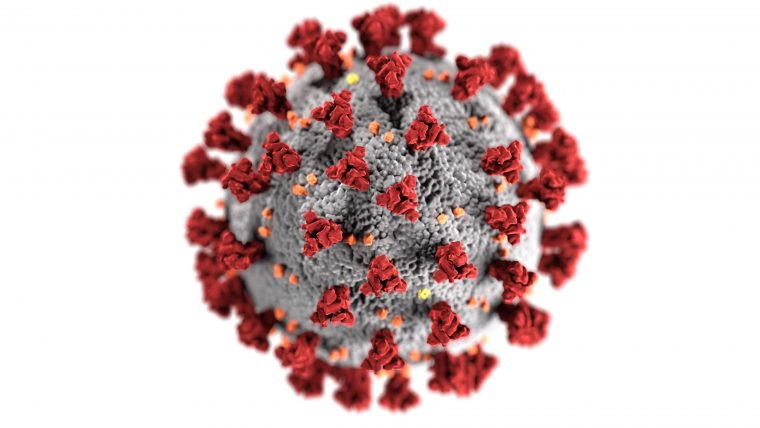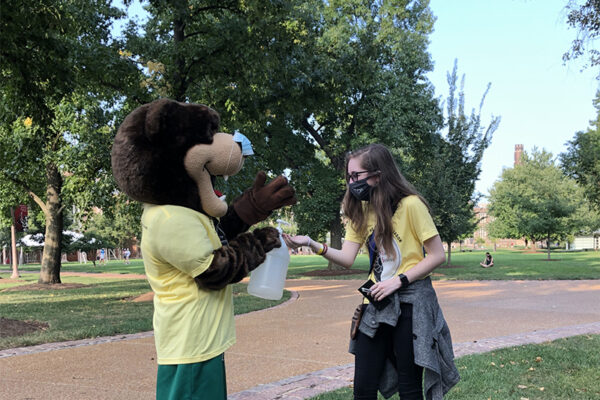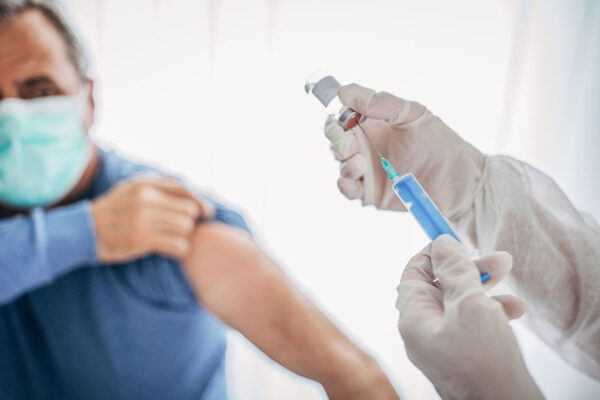As the coronavirus continues to spread across the nation, a number of false conclusions and rumors have spread with it. Three epidemiologists in public health at Washington University in St. Louis separate truth from myth.
The following information is from Alexis Duncan and Kim Johnson, associate professors, and Christine Ekenga, an assistant professor, all in the Brown School.
The numbers of cases in my area are low, so I don’t have to worry. This is false. When testing is limited, the number of reported cases is likely a fraction of the actual number of infected people who can transmit the disease, making it important for everyone to comply with social distancing measures.
Males are more likely than females to have more serious complications from COVID-19. So far, this is true. Evidence from six countries indicates that the ratio of males to females who have died of COVID-19 ranges from 1.1 to 1.9.
The virus will go away with warmer weather. This is currently unclear. If COVID-19 behaves like other corona viruses, there may be a seasonal pattern with lower transmission in the summer. An excellent analysis of this question is provided by Marc Lipsitch of Harvard’s T.H. Chan School of Public Health.
Children are only carriers for COVID-19 — they don’t get sick. Although adults appear to be at higher risk for COVID-19, infants and children can — and do — get sick from COVID-19. Symptoms in children are generally mild, but children with underlying medical conditions can develop severe illness. It is important to keep in mind that children who have been infected with COVID-19 can pass on the illness to others, even if they themselves only have mild symptoms or are asymptomatic.

I am young and healthy, so I don’t need to be concerned about COVID-19. It is true that overall younger people have been less likely to sustain severe symptoms and die from COVID-19 compared with older people; however, younger people are not immune to severe illness and death from COVID-19. In a study of COVID-19 cases in the U.S. from Feb. 19 to March 16, 20% of all hospitalized cases and 12% of hospitalized cases in ICUs were aged 20-44 years old, with an estimated case-fatality rate of .1 to .2%.
Coronavirus is “just the flu.” Symptoms of COVID-19 and influenza may be similar, but COVID-19 spreads more easily, causes more severe illness and is deadlier than either the seasonal flu or the 2008-09 swine flu (H1N1). At this point in time, there may have been more seasonal influenza cases and deaths worldwide this winter than from COVID-19; however, COVID-19 cases and deaths have been increasing at an exponential rate and will likely surpass the number of influenza cases and deaths before long unless we can curb the spread of the virus.

A couple of weeks of social distancing can stop the spread. While social (or physical) distancing measures may slow the spread of the virus, they won’t alleviate the stress on our health care systems if they are ended too soon. Premature termination of these measures could also lead to a resurgence of cases when people resume their daily activities.
Race may determine coronavirus immunity. Early reports of low rates from African countries led to this false rumor. Unfortunately, recent data suggest that coronavirus is spreading in Africa. Here in the U.S., we have limited data as the Centers for Disease Control and Prevention has yet to publish a demographic breakdown of coronavirus testing, cases and deaths. We do know that coronavirus disproportionately affects people who have comorbidities and, given the well-documented racial disparities in both access to and quality of care in the U.S., there is reason to believe that African-Americans may be an at-risk population for poor outcomes.
Public health can defeat the coronavirus. There is still time to reduce and stop the transmission of coronavirus and save lives, but we need to act soon. A coordinated expansion of testing will allow epidemiologists to track the spread of the virus, and increased production of personal protective equipment will provide much-needed protection for health care and other essential workers. While we learn more everyday about this novel coronavirus, prevention remains a fundamental principle of public health. People of all ages can reduce their risk of exposure to the virus by practicing good hygiene and social distancing.
WashU Response to COVID-19
Visit coronavirus.wustl.edu for the latest information about WashU updates and policies. See all stories related to COVID-19.



